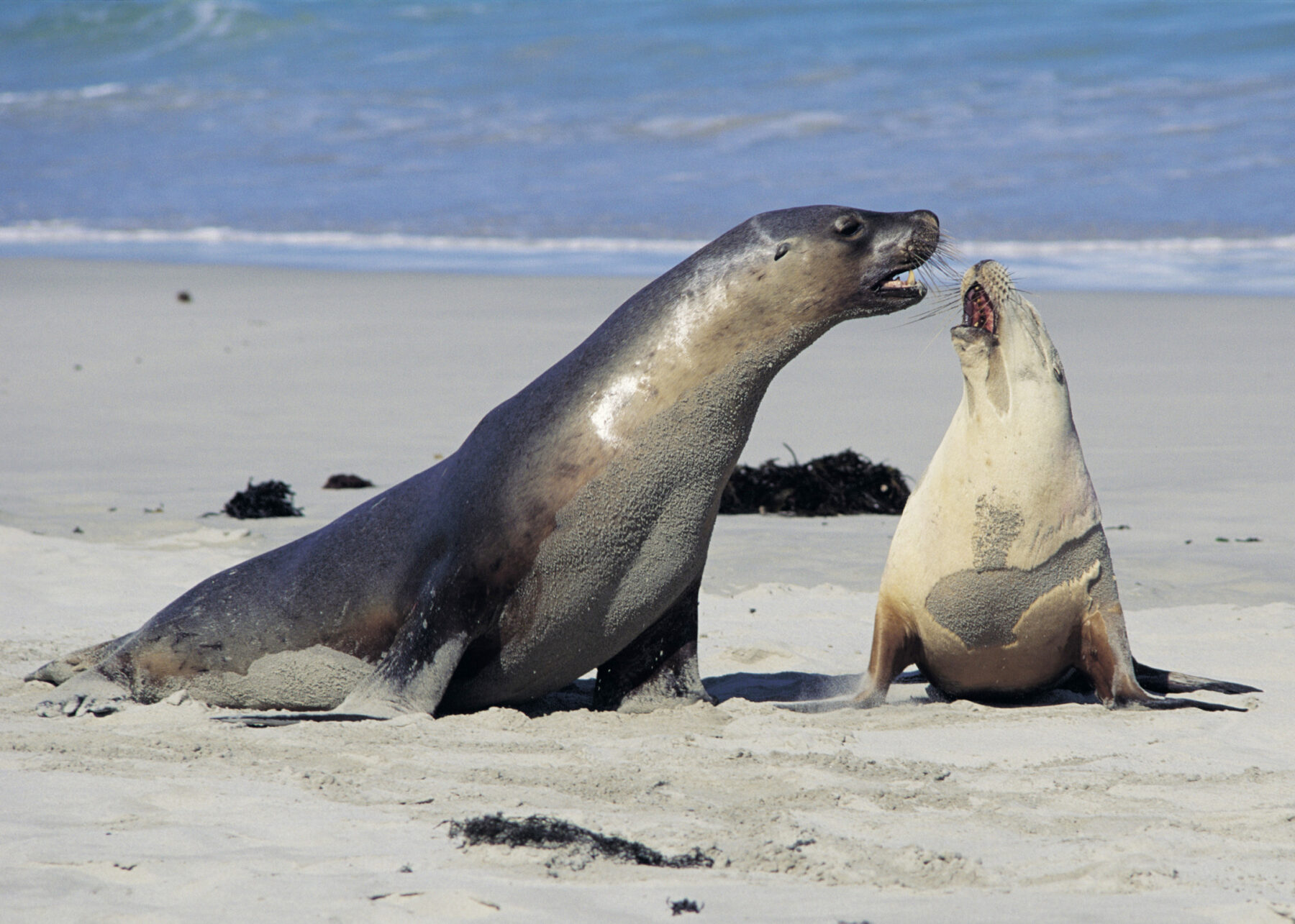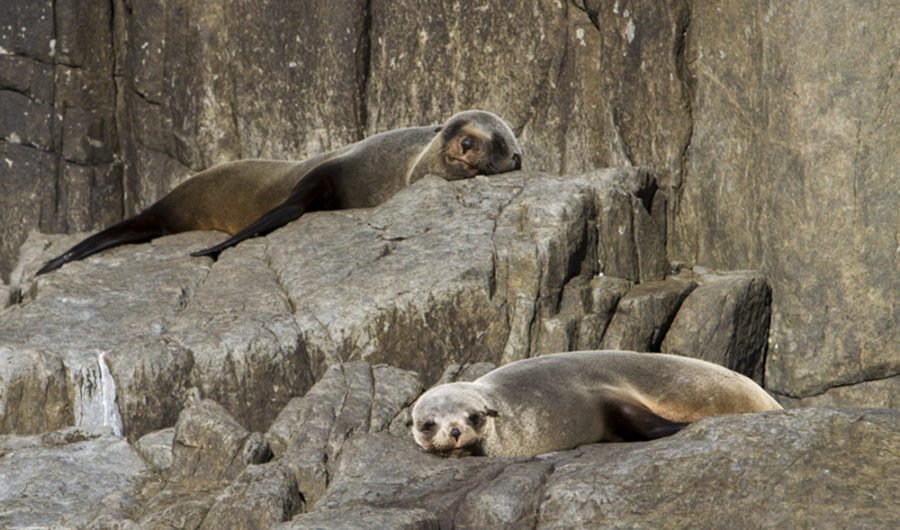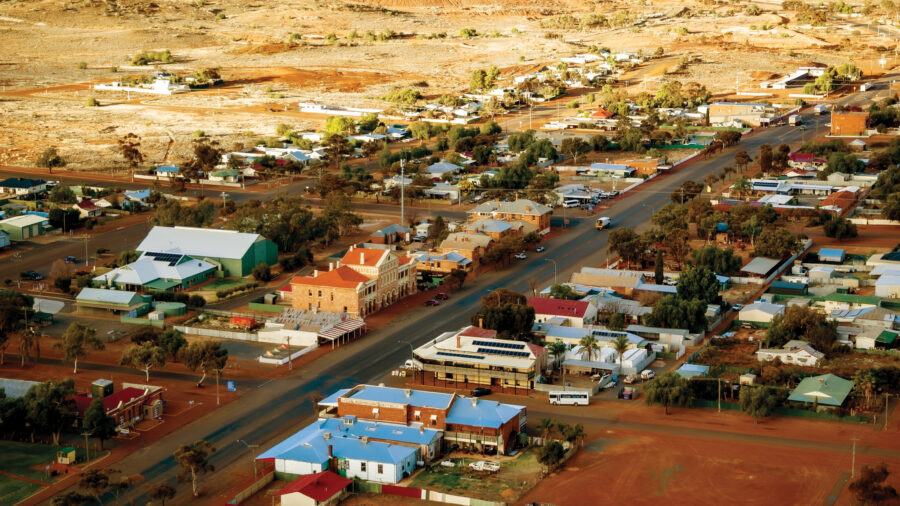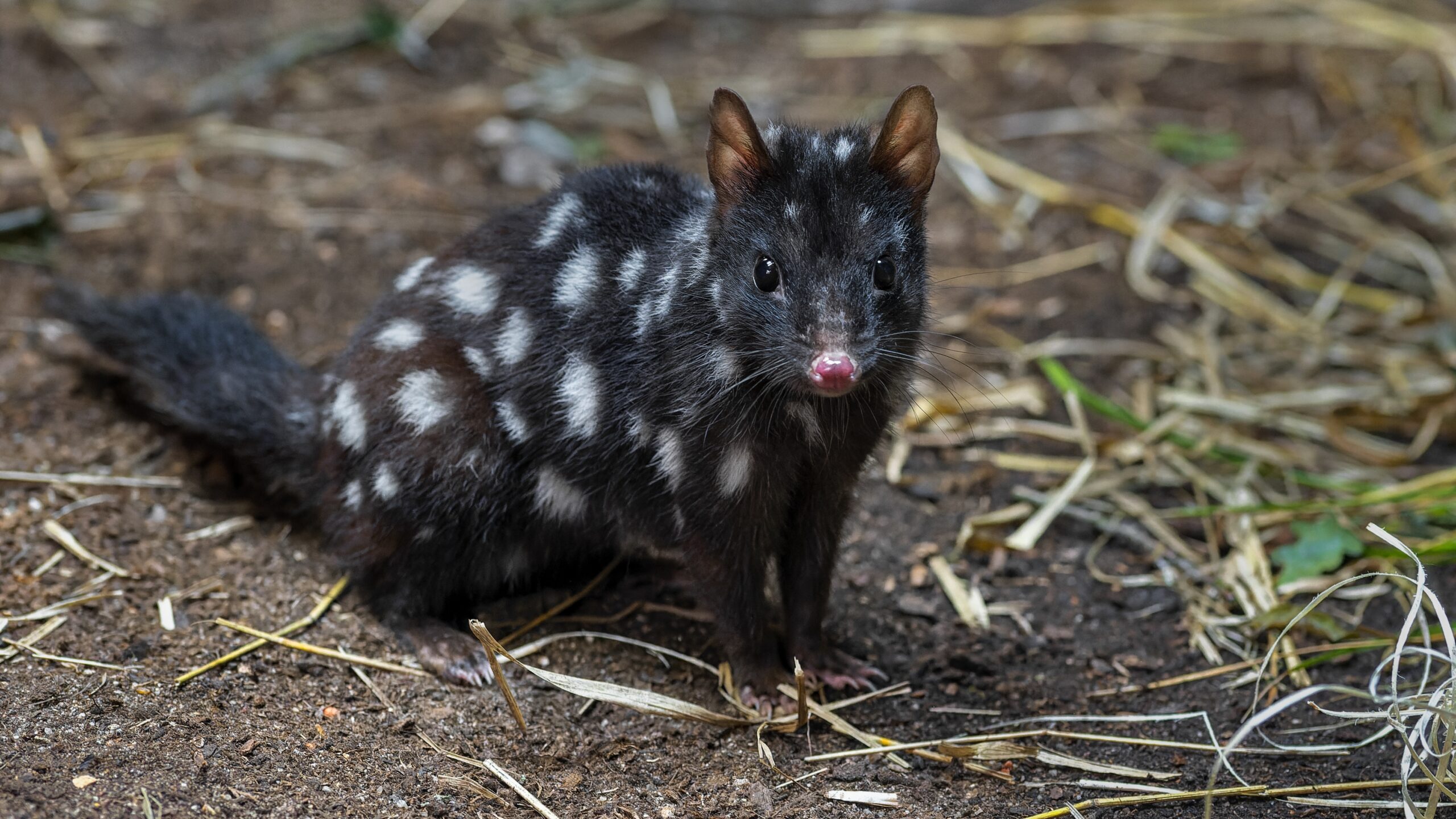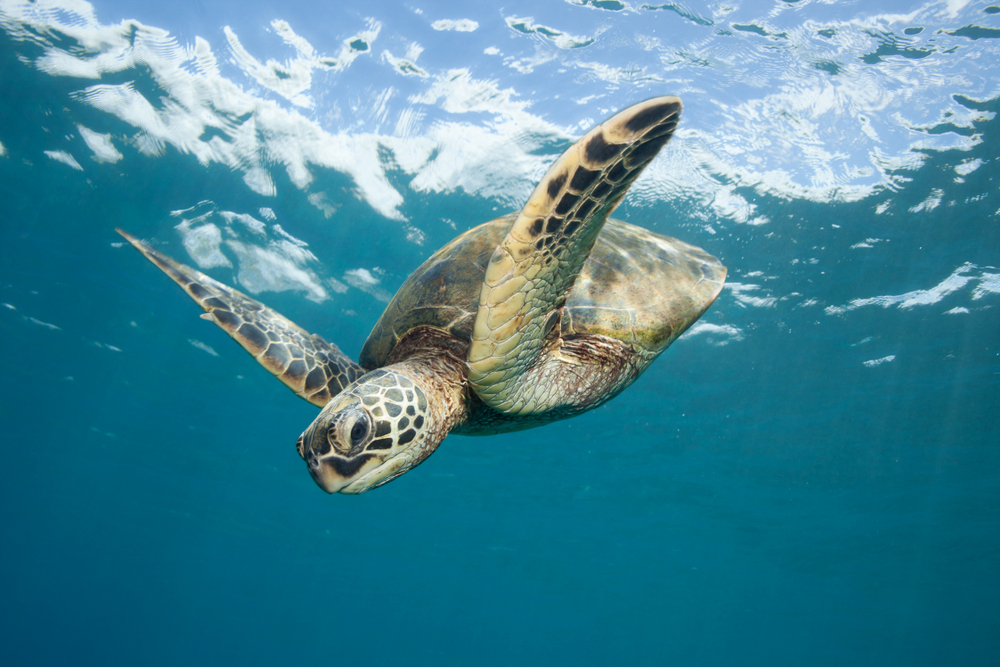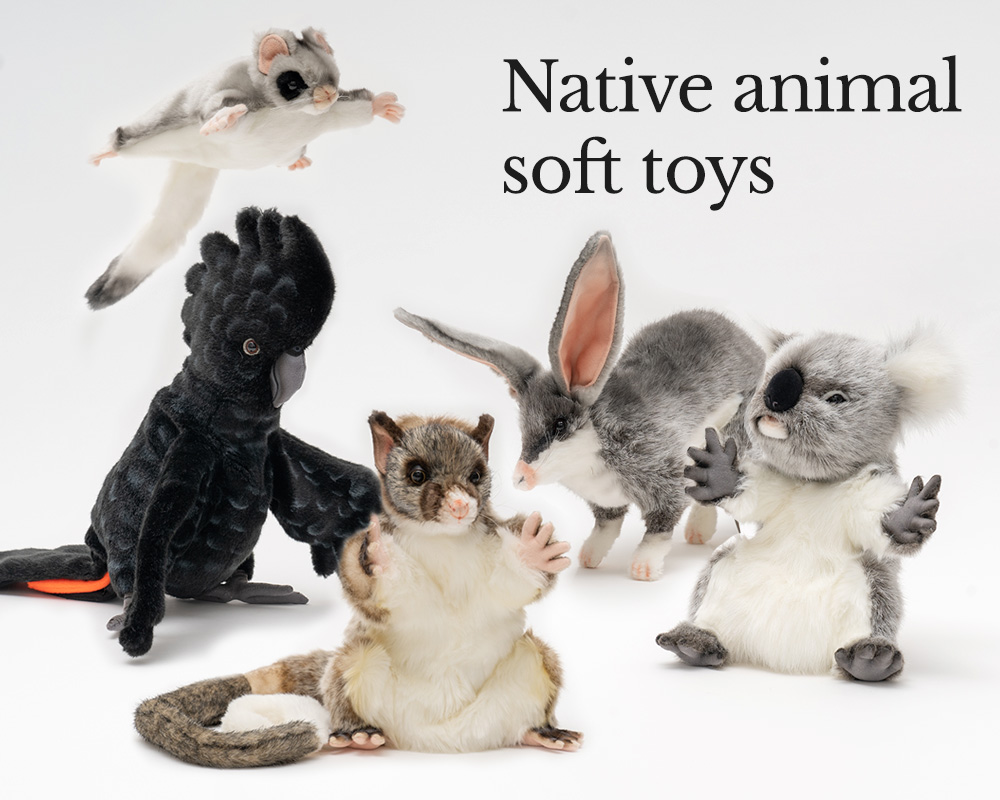| Common name | Australian fur seal |
| Scientific name | Arctocephalus pusillus doriferus |
| Type | Mammalia |
| Diet | Fish, squid, octopus |
| Average lifespan | 12–30 years |
| Size | Between 135–227cm in length, with males weighing between 218–360kg and females weighing between 41–113kg |
Conservation status: Not listed as a threatened species under the EPBC Act.
Recognised as the largest fur seal found in Australian waters, the Australian fur seal very nearly missed out on this prized title after being hunted to the brink of extinction in the 19th century.
The species is now making a steady comeback in population numbers since the introduction of protection laws by the Australian and state governments.
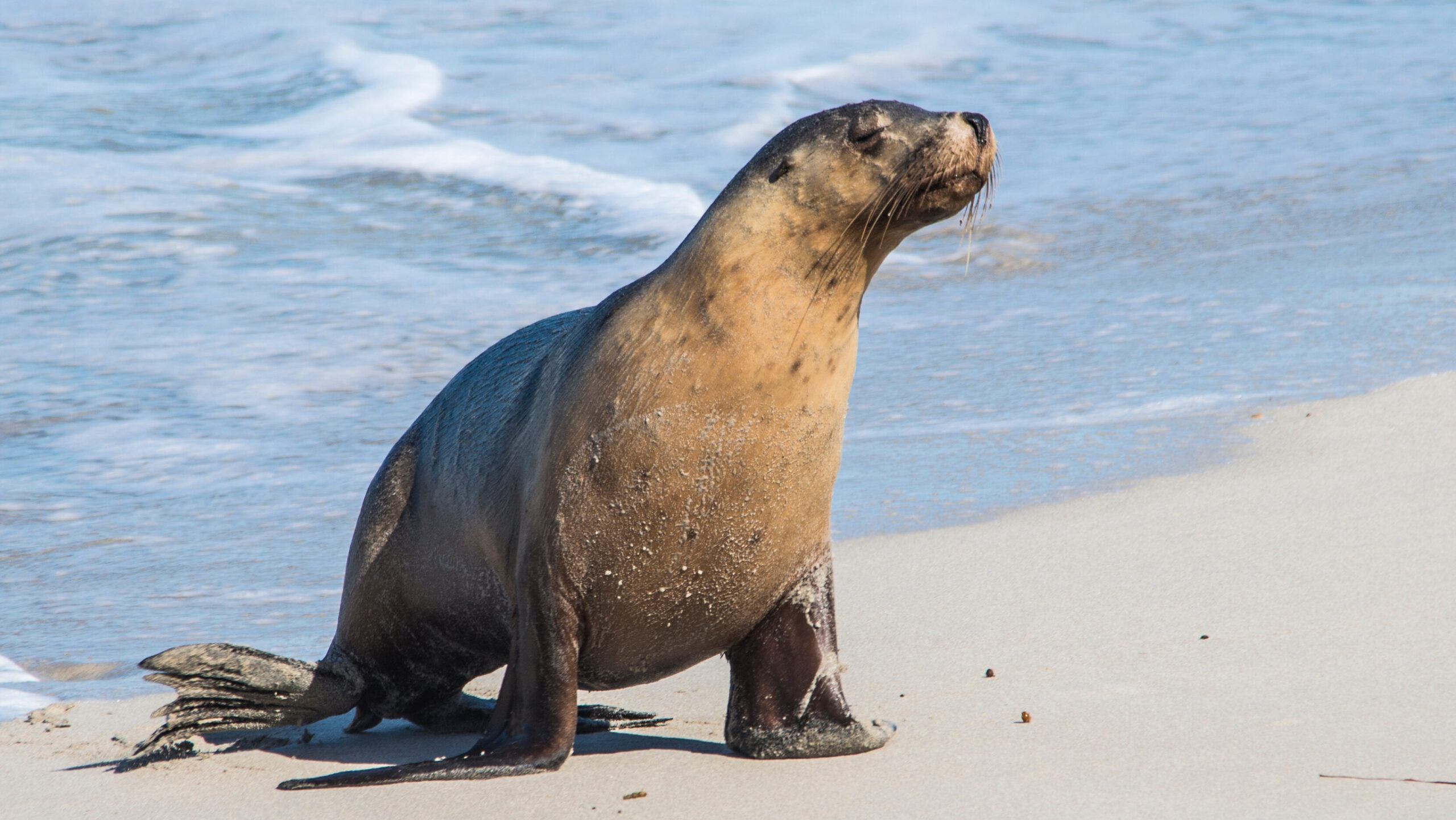
When it comes to mealtime, the Australian fur seal relies on its extensive bag of hunting tricks and its keen eyesight and other senses to find a meal. Eating mostly bony fish, squid and octopus, the Australian fur seal has been known to occasionally dine on seabirds such as fairy penguins, gulls and shearwaters. Australian fur seals compete with commercial and recreational fishers for similar fish. They often get entangled as bycatch in trawlers.

Habitat
It prefers rocky island habitats, especially pebble and rock-covered beaches and rocky ledges, for breeding and resting.
Distribution
It’s found in coastal waters and oceans off Tasmania, southern Victoria, New South Wales and South Australia.

Reproduction
Females spend most of their gestation period – about 8–9 months – at sea but return to land before giving birth. Seal pups are born between late October and late December. Australian fur seal pups drink thick, rich milk from their mother.
Nature has a unique way of ensuring the Australian fur seal always gives birth during summer. Australian fur seal cows have delayed implantation – which means the fertilised egg remains dormant for a period before implanting and beginning development into a live young. This unique adaption gives pups the best chance of surviving after birth, thanks to the warmer weather and readily available food supply.
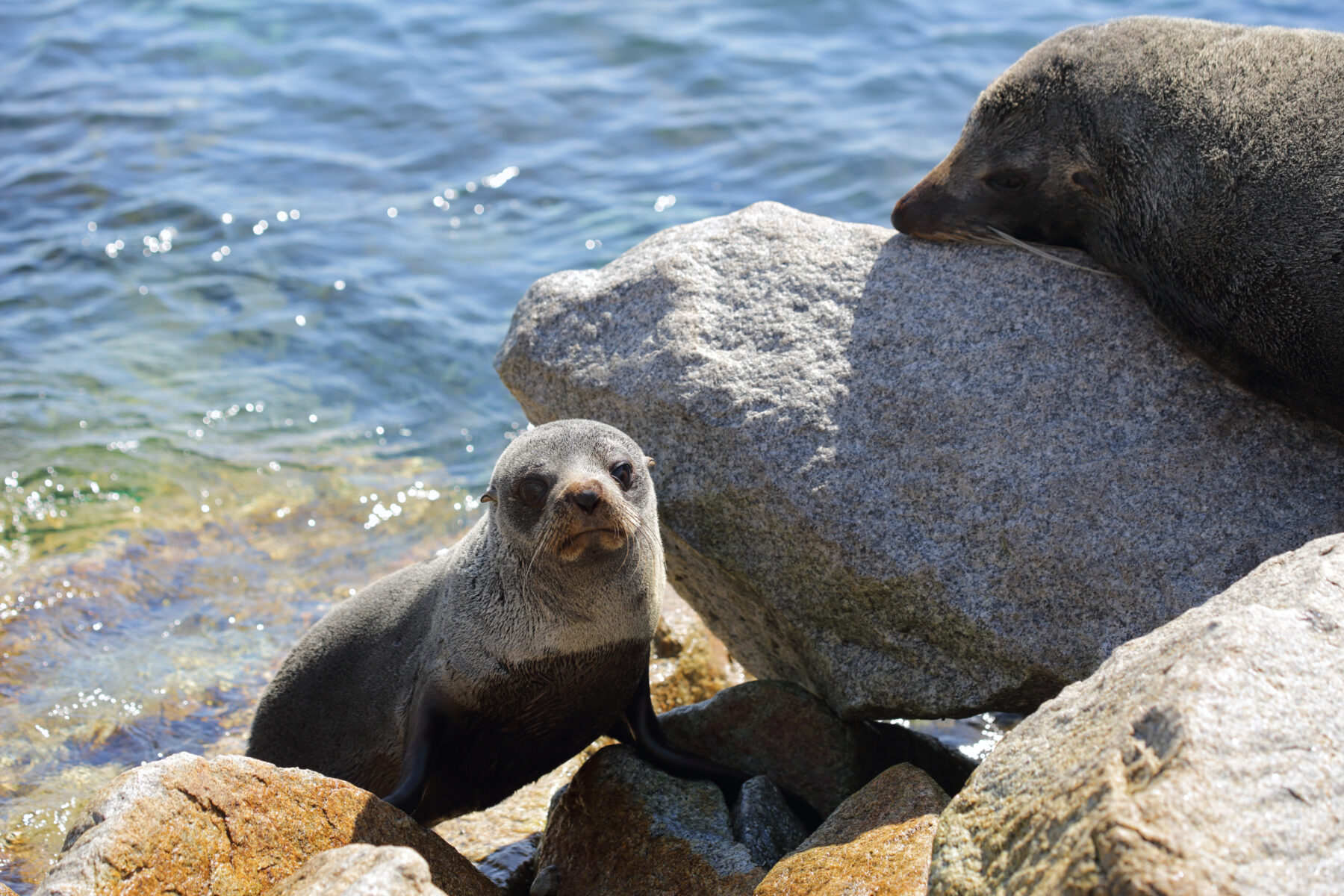
Threats
Australian fur seals are impacted by commercial fishing. They can become entangled in fishing gear or killed after swallowing plastic bags or garbage.
Fascinating fact
The Australian fur seal is closely related to the South African fur seal, yet different to true seals, thanks to its external ears and its ability to use all four of its limbs to move easily across the land.
